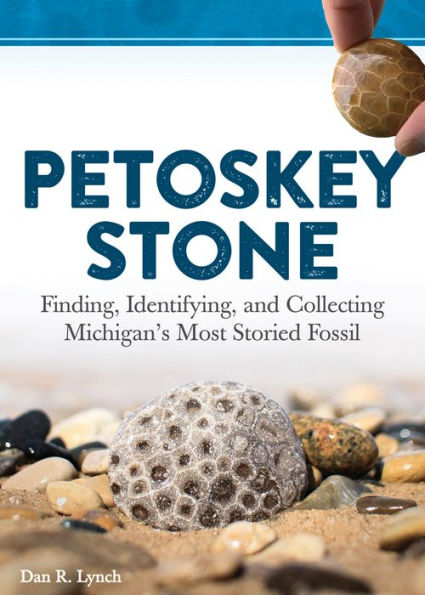Read an Excerpt
How Do I Find Petoskey Stones?
Part of the reason Petoskey stone is so popular is because it’s accessible for almost everyone to find. Finding Petoskey stone does not require any special skills or equipment, simply the desire to venture to natural spaces and turn over every pebble at your feet.
Because it’s a variety of limestone, Petoskey stone can be tricky to spot among the multitude of other limestone and shale pebbles prevalent in the region, especially when the stones are dry. As weathering dulls the details of Petoskey stone, dry specimens are disguised as a chalky brown rock. For this reason, if you suspect a stone is a Petoskey stone, get it wet; water will help bring out the contrast in the fossil patterns, if present.
Collecting Rules and Regulations
Before you start collecting Petoskey stones (or any other natural material), you need to be aware of the collecting rules and regulations where you are. First of all, collecting in national parks is always prohibited, and many state parks also forbid any collecting. One notable exception is Petoskey State Park, just outside Petoskey, where collecting is allowed. In other state parks, be sure to check the rules and regulations. Of course, you also cannot collect on private property if you don’t have permission from the landowner.
And if you’re collecting Petoskey stones on public land, the state of Michigan imposes strict limits on how much you can collect each year. An individual can only collect 25 pounds a year from public land. This means that you could collect many small specimens or just a few large ones, but once you’ve reached your limit, please respect these laws and leave your next finds behind.
If you happen to come across a large specimen that exceeds 25 pounds, you unfortunately need to leave it where you found it. In exceptional cases, when a very large piece in excess of 100 pounds or more is discovered, you’re encouraged to report it to local officials. Those who have tried to take home such large discoveries are typically met with confiscation and fines.



